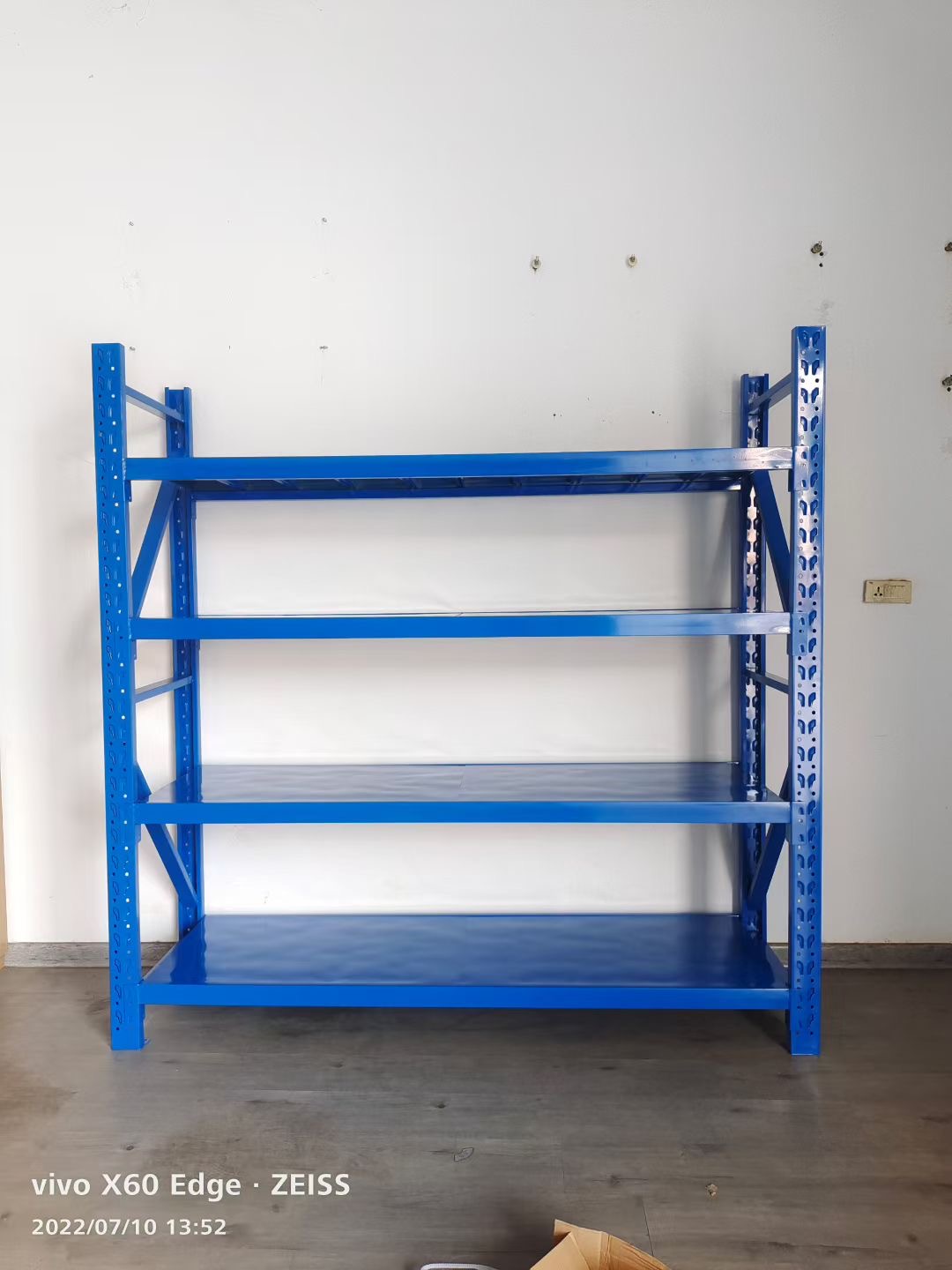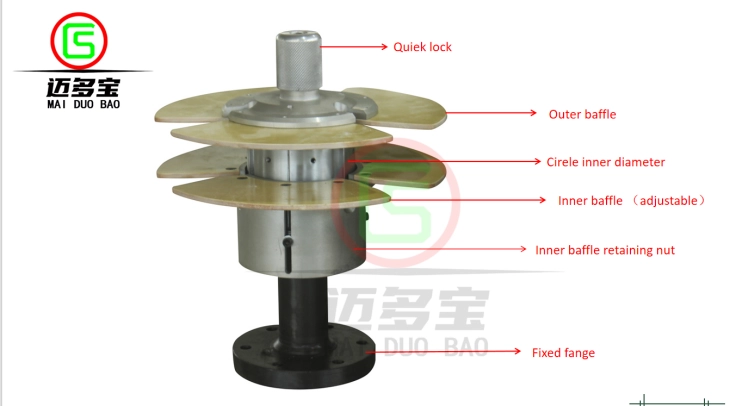Waterproofing the base of a house is a critical aspect of home maintenance that often goes overlooked. A well-executed waterproofing strategy not only protects your home from water damage but also enhances its longevity and structural integrity. In this article, we will delve into the intricacies of waterproofing, exploring various methods, materials, and best practices to ensure your home remains dry and secure.
Understanding the Importance of Waterproofing
Before diving into the methods of waterproofing, it’s essential to understand why this process is crucial. Water intrusion can lead to a myriad of problems, including:
- Structural Damage: Prolonged exposure to moisture can weaken the foundation, leading to cracks and instability.
- Mold and Mildew Growth: Damp environments are breeding grounds for mold, which can pose serious health risks.
- Increased Energy Costs: Moisture can affect insulation, leading to higher heating and cooling costs.
- Decreased Property Value: Homes with water damage or mold issues can significantly lose value in the real estate market.
Assessing Your Home’s Vulnerability
The first step in waterproofing the base of your house is to assess its vulnerability to water intrusion. Here are some factors to consider:
- Soil Type: Clay soils retain water, while sandy soils allow for better drainage. Understanding your soil type can help you determine the best waterproofing methods.
- Drainage Systems: Evaluate the existing drainage systems around your home. Poor drainage can lead to water pooling around the foundation.
- Climate: Homes in areas with heavy rainfall or snowmelt are at a higher risk for water intrusion.
Effective Waterproofing Methods
Once you’ve assessed your home’s vulnerability, you can choose the most suitable waterproofing methods. Here are some of the most effective techniques:
- Exterior Waterproofing
This method involves applying a waterproof membrane to the exterior of the foundation walls. Here’s how to do it:
- Excavate: Dig around the foundation to expose the walls.
- Clean the Walls: Remove any debris, dirt, or old paint.
- Apply a Waterproof Membrane: Use a high-quality waterproofing membrane, such as a liquid rubber or a sheet membrane, to coat the walls.
- Backfill: Once the membrane is dry, backfill the soil carefully to avoid damaging the membrane.
- Interior Waterproofing
Interior waterproofing is often a more accessible option and can be effective in managing moisture. Here’s a step-by-step guide:
- Seal Cracks: Use hydraulic cement to seal any visible cracks in the foundation walls.
- Install a Drainage System: Consider installing a French drain or a sump pump to redirect water away from the foundation.
- Use Waterproof Paint: Apply a waterproof sealant or paint to the interior walls to create a barrier against moisture.
- Proper Grading and Drainage
Ensuring proper grading around your home is vital for effective waterproofing. Here’s what to do:
- Grade the Soil: The ground should slope away from the foundation at a minimum of 6 inches over the first 10 feet.
- Install Gutters and Downspouts: Ensure that gutters are clean and downspouts direct water at least 3-4 feet away from the foundation.
- Consider Drainage Solutions: If your property has persistent drainage issues, consider installing a drainage system to manage excess water.
Choosing the Right Materials
Selecting the right materials for waterproofing is crucial for long-term effectiveness. Here are some recommended materials:
- Waterproof Membranes: Look for products that are specifically designed for foundation waterproofing, such as liquid membranes or peel-and-stick membranes.
- Sealants: High-quality sealants, such as polyurethane or silicone, can effectively seal cracks and joints.
- Drainage Materials: Use perforated pipes and gravel for effective drainage solutions.
Maintenance and Monitoring
Waterproofing is not a one-time task; it requires ongoing maintenance and monitoring. Here are some tips:
- Regular Inspections: Check the foundation and drainage systems regularly for signs of wear or damage.
- Clean Gutters and Downspouts: Ensure that gutters are free of debris to prevent overflow.
- Monitor Indoor Humidity: Use a hygrometer to keep track of indoor humidity levels and address any moisture issues promptly.
Conclusion
Waterproofing the base of your house is an investment in your home’s health and longevity. By understanding the importance of waterproofing, assessing your home’s vulnerabilities, and implementing effective methods, you can protect your property from the damaging effects of water intrusion. Remember, regular maintenance and monitoring are key to ensuring your waterproofing efforts remain effective over time. With the right approach, you can enjoy a dry, safe, and comfortable home for years to come.







